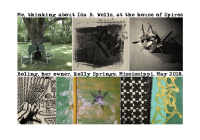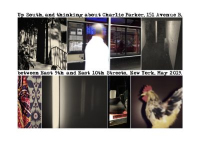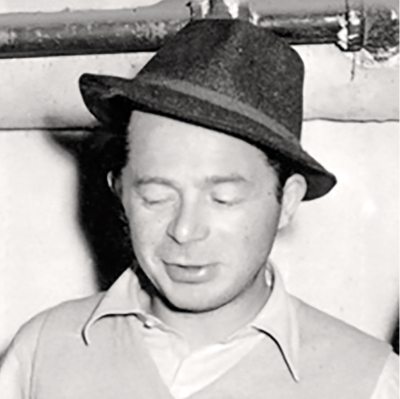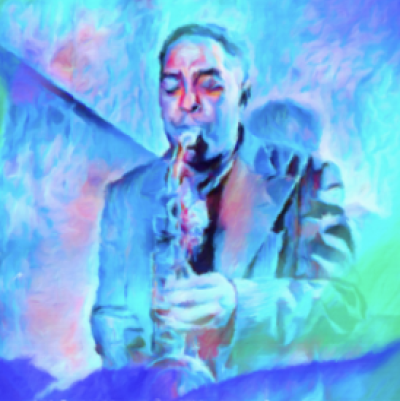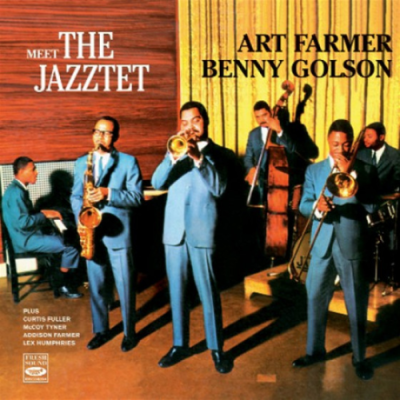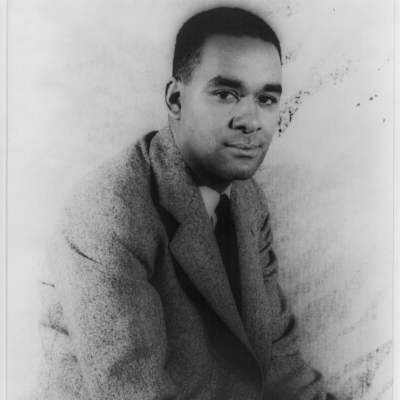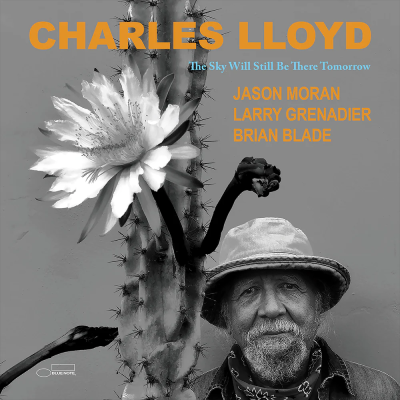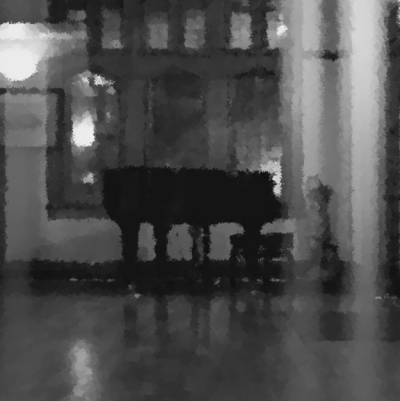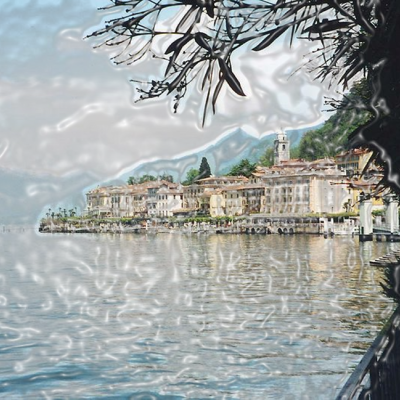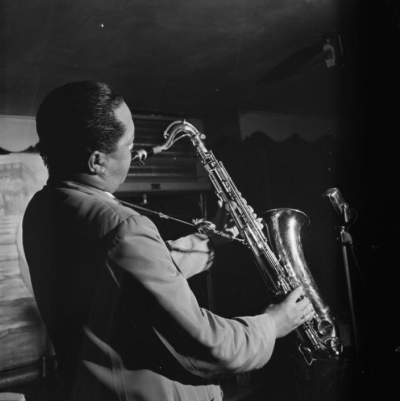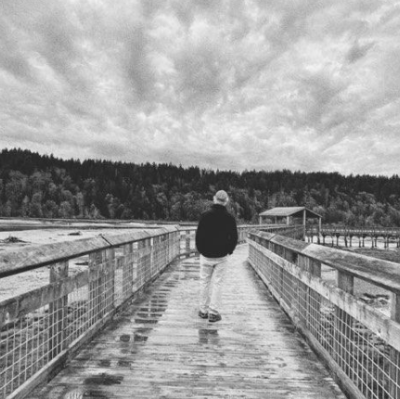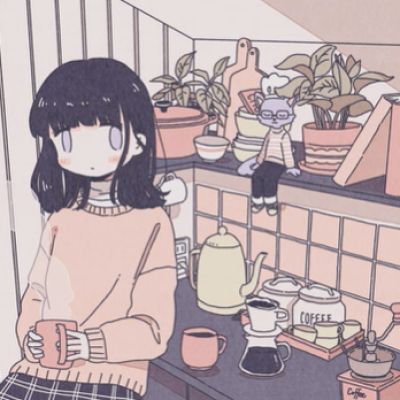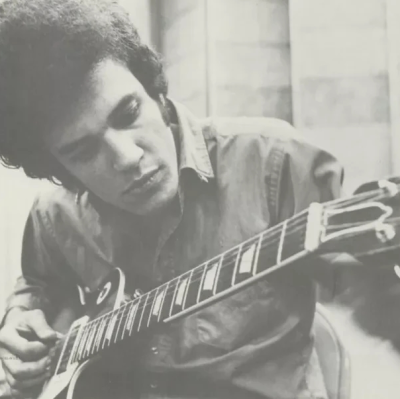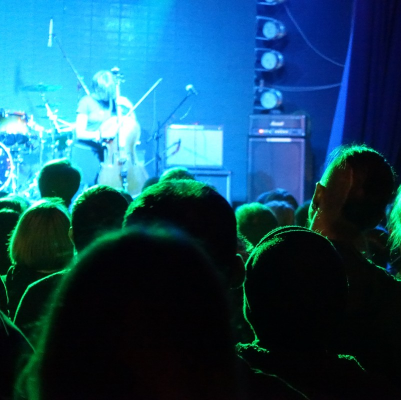.
.
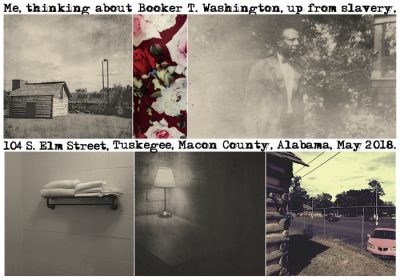
.
“Me,. Thinking about Booker T. Washington” .2018
.
From the series Pastoral Scenes of the Gallant South
Archival inkjet print, 4½ x 6½ inches, framed to 14 x 14 inches
.
.
___
.
.
Born into slavery in 1856, at age 25 Booker T. Washington became the first leader of the Tuskegee Normal and Industrial Institute (now Tuskegee University), remaining there until his death in 1915.
Washington’s autobiography,Up from Slavery, was first published in 1901.In that same year, on learning that President Theodore Roosevelt had invited Booker T. Washington to dine with him, the future governor of Mississippi James K. Vardaman wrote that the White House was “so saturated with the odor of the n—– that the rats have taken refuge in the stable.”
Calling for Black progress through education and entrepreneurship, Washington would be criticized by Black militants in the North for failing to directly challenge Jim Crow.
In Macon County today, at least 70 percent of families with children under 5 live below the poverty line.
104 S. Elm Street is the site of the Tuskegee History Center, on the grounds of which stands a replica of the Virginia cabin in which Booker T. Washington lived when he was enslaved. Adjoining the Center is the parking lot of Tuskegee’s Piggly Wiggly. Just as this cabin is a replica, so too the photograph of the bow-tied man is a replica of sorts, just as pink was not a factory color for the 2005 Pontiac Bonneville; nonetheless, Booker T. Washington occupies this piece, a reflection of a small pilgrimage that I made in the spring of 2018, an act of homage to the man and to this part of east-central Alabama that he once owned and continues to own.
.
___
.
Other subjects in this series, all of which will be published on Jerry Jazz Musician, include the legendary blues artist Robert Johnson (click here to view), .Harriet and Thomas Truesdell, abolitionists and conductors on the Underground Railroad (click here to view), the educator and investigative journalist Ida B. Wells (click here to view), civil rights activist Homer Plessy, (click here to view), and photographer, filmmaker, and oral historian Rev. L.O. Taylor (click here to view). The artist also takes the series “up South” to Brooklyn, focusing on the Truesdells, and the contemporary African-American photographer Nona Faustine. (He also pays homage to jazz musicians, and his series of jazz narratives can be viewed by clicking here.)
The series comes out of a road trip through the South that the artist took in 2018. The pieces can be interpreted as a form of self-portrait, of the artist paying homage in his own way to an individual, and of the place which that person occupied and continues to occupy. This is the South that the photographer Sally Mann describes as “a place extravagant in its beauty, reckless in its fecundity, terrible in its indifference, and dark with memories.”
Ingham’s photo-narratives explore invented spaces, alternative histories, and visual fictions, sometimes incorporating altered, appropriated images. In some pieces, images alone form a narrative; a horizontal row of five to seven photographs creates a “cinematic” form. In others, words and images create a dynamic interplay, and in the fotonovela series, the photographs move closer to a traditional illustrative function for the text. None of these interchanges between image and text are straightforward, however. Placing verbal and visual elements together immediately creates a tension for the viewer that they want to find/interpret in order to “explain” the narrative of the piece; thus, the artist expects viewers to find a unique narrative of their own in the work.
.
“Thinking About Robert Johnson”
.
.
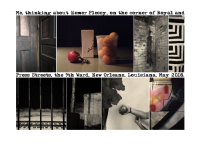
.
Click here to view “Thinking About Charlie Parker”
.
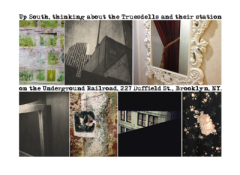
Click here to view “Thinking About the Truesdells”
.
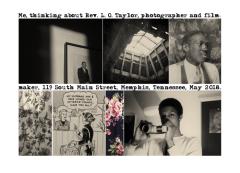
Click here to view “Me, Thinking About Rev. L.O. Taylor”
.
.
___
.
.
photo by Jacqueline Ramirez
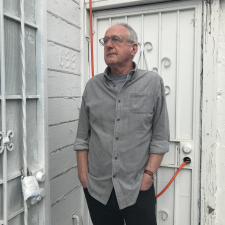
.
Born and educated in England, Charles Ingham moved to California in 1982. He has always been interested in hybrid forms and the intersection of literature and the visual arts, his photography often seeking to transgress the traditional boundaries separating the verbal and the visual.
Ingham lives in San Diego and shows his work at Distinction Gallery in Escondido. His work may also be found at his website: charlesingham.com
.
.
.





